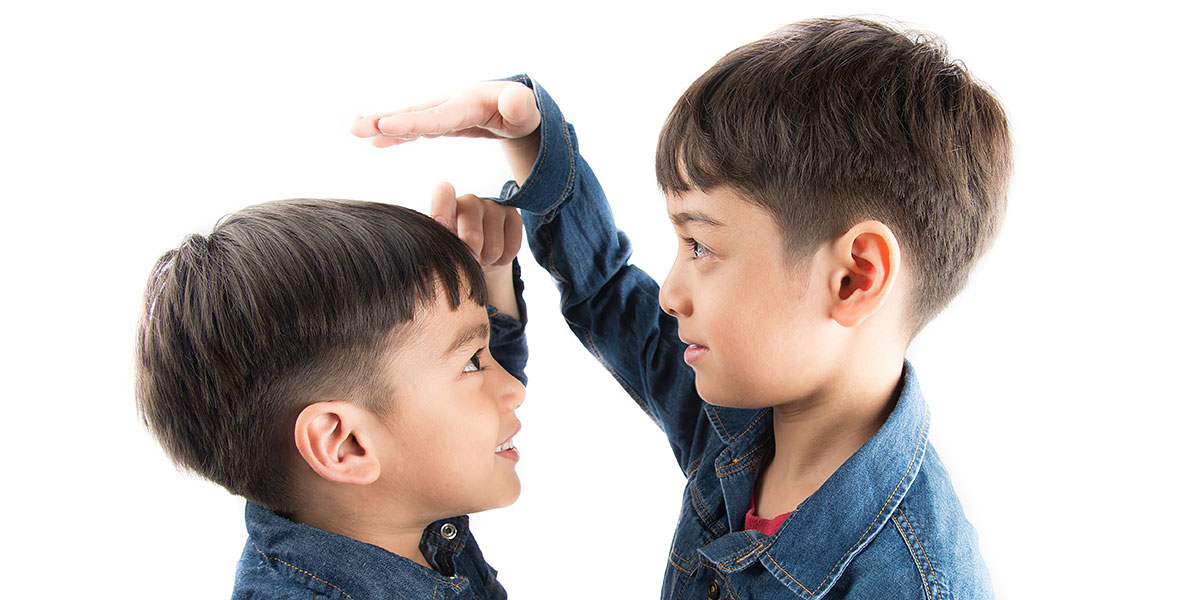Bones, Joints & Muscles

Growing Pains
Medical science is unable to explain growing pains. There is no firm evidence to indicate that growing bones cause pain, yet about 20% of children are diagnosed at some time with growing pains. Notable features of growing pains include:
- Age: Children seem to experience growing pains in two main age groups: from 3 to 8 years, and then in early adolescence.
- Location: In the muscles and not in the joints. Most children report that the pain is in front of the thighs, in the calves, or behind the knees. Joints affected by other problems can be swollen, red, tender, and warm. The "growing pains" joint looks quite normal.
- Frequency: Intermittent, some children get the pains every night, some once a week or so, and others only occasionally. The pains tend to occur after a child has had a particularly active day.
- Intensity: Generally mild; although a few children complain of severe pain. The pain can be brief or it can last for an hour or more.
- Onset: Usually in late afternoon or evening before going to bed. Occasionally the pain will wake a child at night.
- Relieving Factors: True growing pains can generally be eased by massage and the child feels better by being held and cuddled. Children who have pain from other causes often do not like to be touched as movement can increase the pain.
- Activities: Children with growing pains generally manage PE and playground activities without any apparent discomfort.
- Other symptoms: The pain may be accompanied by restlessness, but not signs such as tenderness, redness, swelling or fever.
Contact your doctor if your child has:
- a fever
- a limp
- unusual rashes
- loss of appetite
- weakness, or lethargy
Contact KidsPhysio
Growing pains are frequently diagnosed but not always accurately. KidsPhysio can provide a full assessment of your child, and will refer them to a doctor if a more serious condition is suspected.
Your Physiotherapist will assess your child to see if they have any muscle imbalance, tightness or weakness which could be contributing to their pain. A treatment plan including a tailored exercise programme will be discussed according to the assessment findings.